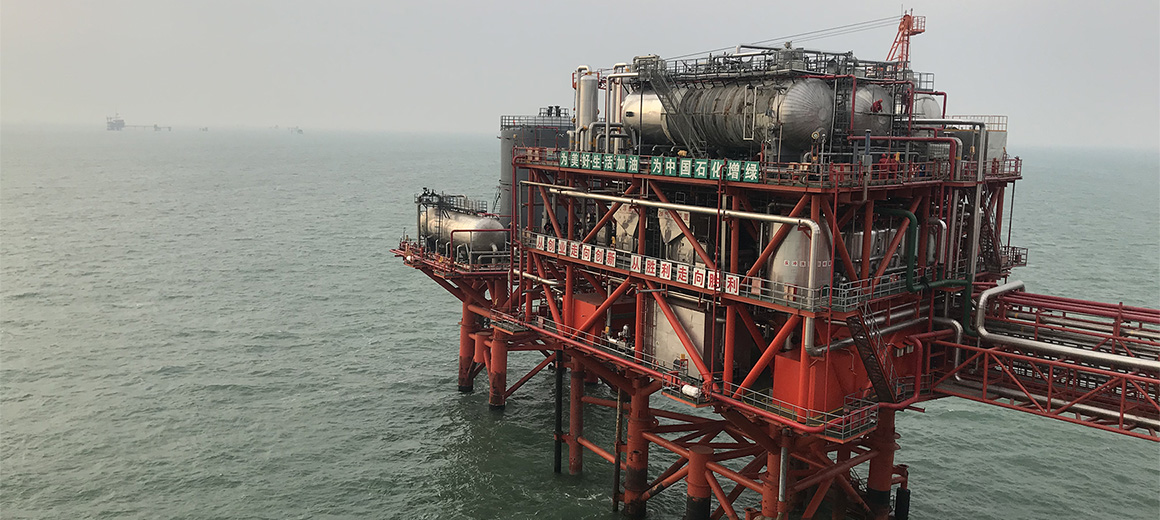
Integrates process technology into the overall control system:
สำนักงานผู้แทนประเทศไทย

Integrates process technology into the overall control system:
Oil and gas production (upstream) is characterized by distributed production sites, which are typically located either in remote regions with inadequate infrastructure facilities or are installed offshore, which makes them much more difficult to access. Because the production sites operate individual pumping stations that are sometimes several kilometers apart, seamlessly connected controls are essential for efficient system operation. Adding to this problem are pipelines and storage facilities (midstream) that also have to be monitored and maintained.
In terms of the control system, this poses special challenges for the robustness and reliability of the components used. They have to withstand harsh environmental conditions, including extreme temperatures, and must be certified for use in environments with explosion hazards. It is also important for the control system to support modern remote access to monitor process parameters and control the overall plant, which is critical for the profitable operation of offshore plants.
Because of this, the system openness of PC-based control technology comes into play. Owing to the large number of available interfaces in hardware and software, PC-based control enables optimum horizontal and vertical communication among different systems and devices, while permitting easy integration of process control technologies with the cloud. By integrating automation and process technology on one platform using universal software, signals from both hazardous and non-hazardous zones can be processed together. For new plants, explosion protection functions can be directly integrated into the overall control system architecture; for existing plants, the Beckhoff PC-based control platform can simply be expanded to include explosion protection. Beckhoff also supports all common standards in the process industry by embedding interfaces such as NAMUR, HART and FDT/DTM. Measurement modules integrated into the control platform offer a reliable and cost-effective solution for continuous plant monitoring in terms of flow rate, temperature and pressure. The readings collected by the sensors are available in the control system and can be saved in the cloud or on a local server and evaluated for diagnostic purposes. With TwinCAT IoT and TwinCAT Analytics, Beckhoff provides leading-edge software tools for cloud connectivity and data analysis. The widely accepted OPC UA protocol is available on all Beckhoff PC-based controllers, ensuring secure data communication. Therefore, plants can be maintained proactively and on-demand, and downtime can be avoided. This reduces the need for costly on-site support on the part of service engineers and increases the efficiency and availability of production facilities.